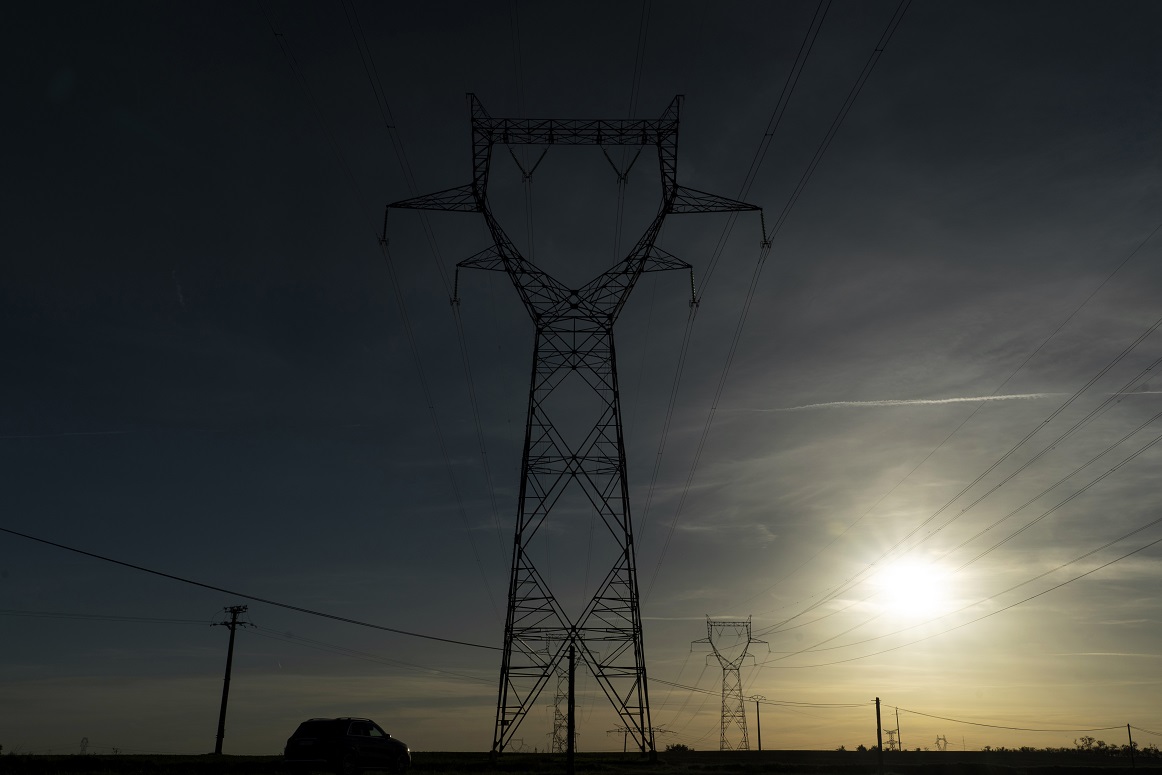The Czech government, led by Prime Minister Petr Fiala, presented a plan to relieve citizens from unprecedentedly high energy prices, with ministers finally moving to put a cap on the country’s electricity and gas prices. At the same time, proposals for price caps also came from Brussels. Jakub Kajzler, the advisor to the prime minister, spoke in an interview for Echo24 about how the Czech and European paths are related, who will not be spared by taxation, and how the Czech consumer will benefit from this.
Answering the question as to why the EU price cap being lower than the one approved by the Czech government, Kajzler said that the EU price cap is a reference figure that allows governments to tax revenues from sales for prices higher than €180 per megawatt-hour. The number, however, does not say anything about what the electricity price for the consumers should be. He indicated that the European Commission is only saying that governments can use the money from the taxed income of some producers to compensate the final consumers, i.e., citizens and entrepreneurs.
The Czech and European price caps are thus not comparable. A large part of the electricity that is currently being supplied was already sold in the last two or three years for much lower amounts than the €180 per megawatt-hour. The energy giant ČEZ, for example, has a large part of its electricity sold at a price below €100 megawatt-hour. In this case, there would be nothing to tax and, therefore, nothing to compensate final consumers.
“The measures approved by the Czech government are complementary to the European ones. The European solution aims at finding sources for compensation while the Czech government is trying to compensate consumers for the costs with a price cap,” Kajzler said. “This ensures that traders cannot supply consumers with electricity for more than €200 per megawatt-hour. “And if traders bought electricity from producers for a higher amount, which of course happened because they had to buy on the spot market, the difference between the actual costs incurred plus the regulated margin and the ceiling of 200 euros will be compensated to them from the state budget.”
Kajzler explained that the compensatory fund of 130 billion korunas (€5.3 billion) is meant for traders, not producers, as many consumers, especially companies, have not purchased electricity either because of their business strategy or because they postponed purchases since they still believed the price would drop.
“Traders must buy electricity for (consumer) somewhere at the current very high market price, and we will compensate them for the difference between this price and the set ceiling,” said Kajzler.
The government is looking for a balanced approach
Concerning the potential windfall tax, Kajzler stated that the government has not yet decided on it, as the European Commission has announced new adjustments that have to be evaluated. According to Kajzler, there is no time pressure, as the tax would only be collected for the year 2023. The government is, nevertheless, counting on additional tax revenue from certain sectors.
Speaking about the price ceiling of 6 korunas (€0.25) per KWh, Kajzler said that it should be a manageable number for most households, even if it is higher than in the previous years. Those who cannot pay can use other tools, like the housing allowance. A lower price ceiling would put too much pressureon the state budget.
Considering the comparison to France or Slovakia, where the price ceiling is much lower than in Czechia, Kajzler noted that low prices only apply to households while industry suffers. The Czech government is looking for a balanced approach that ensures industry can keep functioning and employing people.
When talking about the future, Kajzler said it is hard to predict electricity prices for the upcoming years:
“But let’s say that from a short-term perspective, we cannot expect to reach the level of 2020. But, for example, for the year 2025, electricity is now sold on the market for below 200 euros. If it is possible to increase electricity production, put LNG terminals into operation, and achieve energy savings, there is a strong possibility that the price will go even lower.”





